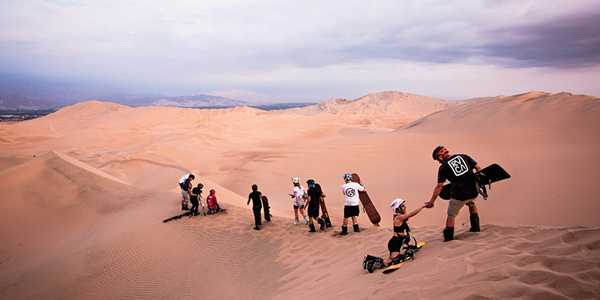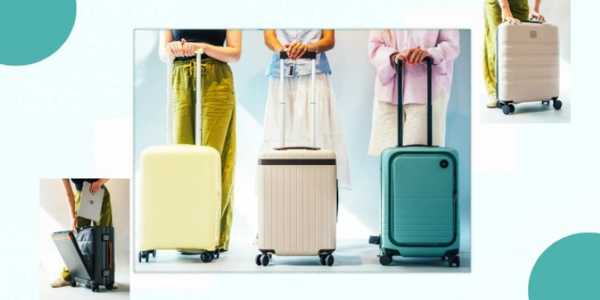A Guide to Using Public Transportation in Foreign Countries
Author: Mike Fakunle
Travelling to a new country can be fun, but it can feel scary when you don't know how to get around. Public transportation is often the easiest and cheapest way to travel, but it works differently everywhere. I have compiled this guide to help you understand what to expect and how to use public transportation in a new country.
Why Public Transportation is a Good Choice
Using public transportation is not just about saving money; it also lets you see how locals live. It's often the fastest way to get around big cities, especially if the streets are crowded with traffic. Public transportation can also help reduce pollution because buses, trains, and subways carry many people simultaneously.
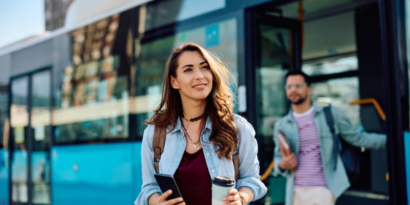
Learning About the System Before You Travel
Understanding the Options
Different countries and cities have different types of public transportation. Some towns have fast trains and subways. Others rely more on buses, trams, or even ferries. To prepare:
Look up what types of transport are available.
Check if there are maps or guides online that show the routes.
Use apps like Google Maps or Citymapper to plan your trips.
Tickets and Passes
Tickets can sometimes be tricky because each system is different. You might need to buy a ticket before you get on, or you might pay when you board. Some cities use reusable cards that you load with money. Others have mobile apps where you can buy tickets. Check:
How tickets are sold.
If you need exact change.
Whether day passes or weekly cards are cheaper than single tickets.
Preparing for Public Transportation
Carry Local Money
Buses and small transport systems don't accept credit cards in many places. Always carry some small bills and coins to pay for your ticket.
Wear Comfortable Shoes
Public transportation often means walking. You might have to walk to the station, up and down stairs, or even to your destination after you get off. Comfortable shoes make this much more manageable.
Learn a Few Key Words
Knowing the local language helps. If you don’t speak it, try learning a few words like:
"Where is the train station?"
"Which bus goes to [destination]?"
"How much is the ticket?"
Translation apps like Google Translate can also help.
How to Use Buses
Buses are standard in many places and are usually easy to use once you know how they work.
Finding Your Bus
Look for signs or maps that show the bus stops and routes.
Some bus stops have timetables; others don’t, so you might need to ask someone.
Check the number of the bus you need.
Boarding the Bus
Signal the driver to stop if the bus doesn’t automatically stop at every location.
Be ready to pay the driver or use the ticket machine if required.
Getting Off the Bus
Press the “Stop” button when you’re near your destination.
Watch for landmarks if you’re not familiar with the area.
How to Use Trains and Subways
Trains and subways can initially feel complicated, but they are often the fastest way to travel in cities.
Understanding the Routes
Look at maps, which are often colour-coded by line.
Check if you need to transfer between lines to reach your destination.
Buying Tickets
Many stations have machines or ticket counters.
In some places, you must validate your ticket by stamping it in a small machine before you board.
Boarding and Exiting
Stand behind the safety line while waiting for the train.
Let people get off before you step in.
Please keep your ticket or card handy because you might need it to exit.
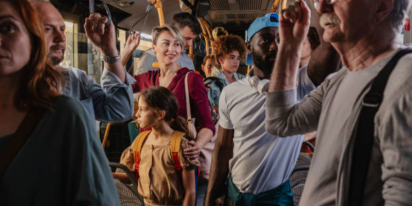
Using Ride-Sharing and Taxis
Sometimes public transportation isn’t the best choice, especially if it’s late at night or you’re in a rural area. Ride-sharing apps like Uber or taxis can help.
Choosing Safe Options
Use official taxis with meters; avoid unmarked cars.
Check the fare before you start your ride if there’s no meter.
Using Ride-Sharing Apps
Apps like Uber or Lyft offer fixed prices and safer options than unmarked taxis. They can also provide directions to the driver, which is helpful if you don't speak the language.
Staying Safe on Public Transportation
Protect Your Belongings
Pickpocketing is common in crowded buses and trains. Keep your bag in front of you and hold it close.
Avoid Empty Areas
If you're travelling late at night, sit in areas with other people rather than empty cars or buses.
Be Aware of Your Surroundings
Keep an eye on where you are and where you're going, and avoid getting too distracted by your phone.
Valuable Tools for Public Transportation
Using apps and tools can make your journey much more manageable. Some of the best ones include:
Google Maps: Great for finding routes, times, and stops.
Citymapper: Offers detailed directions in many cities around the world.
Moovit: Helps you navigate public transit in new places.
Local apps: Many towns have their apps for schedules and ticket purchases.
Adjusting to Local Customs
Every country has its way of using public transportation.
Queues and Lines
People form neat lines when waiting for buses or trains in some places. In others, it's more about pushing forward. Watch what others are doing and follow their example.
Noise and Behavior
Some countries expect quiet, while others are more lively. Be respectful of the local culture.
Offering Seats
It’s polite to offer your seat to elderly passengers, pregnant women, or people with disabilities.
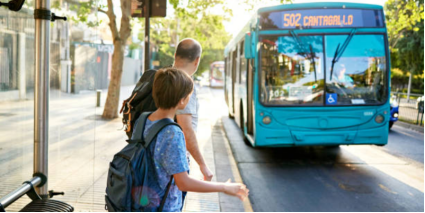
What to Do If You Get Lost
It’s easy to feel nervous if you take the wrong bus or train, but getting lost is not the end of the world.
Look for a station map or information desk.
Ask someone for help; most people are kind and willing to assist.
Use your phone to check your location and find the best route back.
Benefits of Public Transportation
Using public transportation has many advantages:
It’s Affordable: Tickets are much cheaper than renting a car or taking taxis.
It’s Efficient: Subways and trains avoid traffic and quickly get you to your destination.
It’s a Cultural Experience: You see how locals live and travel.
Public transportation can be a great way to travel in a foreign country by planning ahead and staying calm. It saves money, helps the environment, and lets you experience the city like a local. All you need is a little preparation, and you'll be ready to go anywhere.
